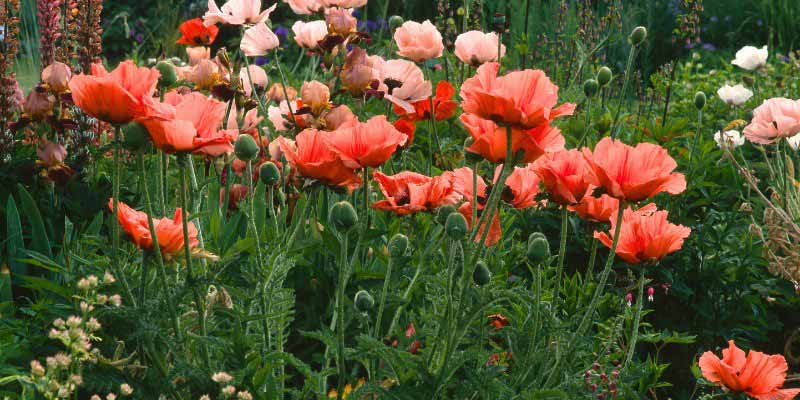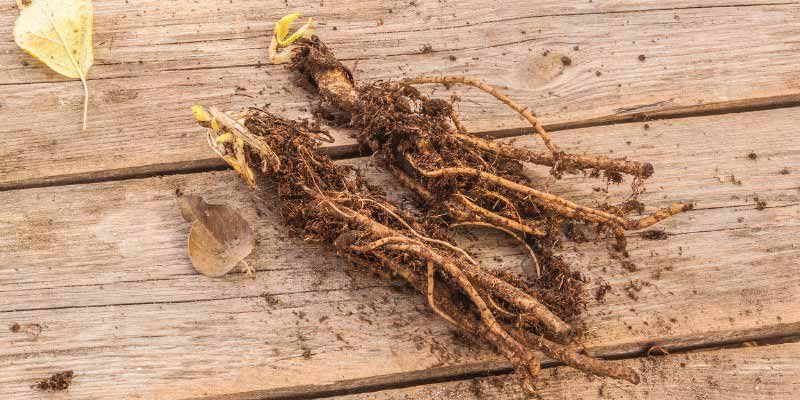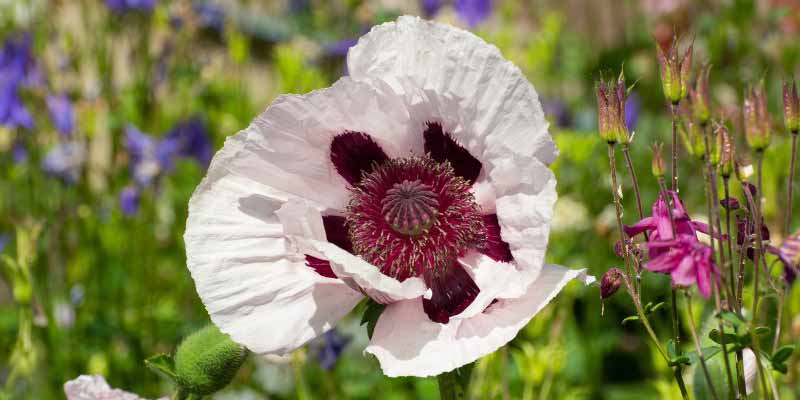The Oriental poppy (Papaver orientale) is a prized perennial for its large, silky-petalled flowers in shades of red, orange, pink or white. Flowers have a particularly delicate, crumpled texture, bringing much poetry to borders. In addition to its striking beauty, oriental poppy is easy to grow: it is undemanding about soil type, not very susceptible to pests and hardy, only fearing stagnant moisture. Grow it in well-drained soil, in full sun. If you have oriental poppy plants in your garden and want to multiply them, you can propagate their roots. Compared with sowing, this technique has the advantage of producing new plants strictly identical to the parent plant. Discover all our tips to succeed in propagation by cuttings of oriental poppy step by step!
Also watch our video on poppy propagation by cuttings, and see our complete guide to growing oriental poppy.

When to propagate oriental poppies?
Wait until plants are well established in the garden before you start propagating: they should be at least 3 to 4 years old. Their roots will then be well developed and they will better tolerate propagation. The best time to take poppy cuttings is late summer, from August onwards, just after flowering, as the poppy tends to produce new shoots then and, with flowering over, can concentrate on growth and rooting.
Required equipment
Before starting, here is list of tools and equipment you will need to propagate your poppies:
- Spade or fork to lift poppy stump
- A pruning shear
- Pots to pot on your cuttings
- Special compost for sowing and propagation by cuttings, or a mix of compost and sand. Most important is that substrate is light and well draining.
- Watering can with rose
- Labels to identify different varieties
How to propagate oriental poppy?

- Choose a poppy plant well established, in place for at least 3 or 4 years.
- Carefully lift the stump using a fork, digging all around.
- Remove excess soil from around roots so they are clearly visible.
- Using pruning shear, cut leaves back to half their length. This balances root-to-leaf volume and helps prevent cuttings from drying out.
- Identify the thickest roots and take a few sections 5 to 8 cm long from them.
- Replant the parent plant immediately in the garden.
- Prepare a large pot with a rich, light substrate, ideally special compost for sowing and propagation by cuttings. This ensures good drainage and adequate aeration for young roots to develop.
- Bury them horizontally in substrate at about 3 cm depth.
- Firm gently to ensure good contact between compost and roots and avoid air pockets.
- Water generously.
- Remember to label your cuttings, noting variety or varieties you have multiplied.
- Place pot in a bright spot out of direct sun, ideally at a temperature between 18 and 22 °C.
- Ensure compost remains slightly moist, not waterlogged. Use a watering can with rose to water gently and avoid dislodging the cutting.
- If cuttings have taken, you should see new shoots after one to two months.
- You can plant them out in the ground in autumn.

































Comments